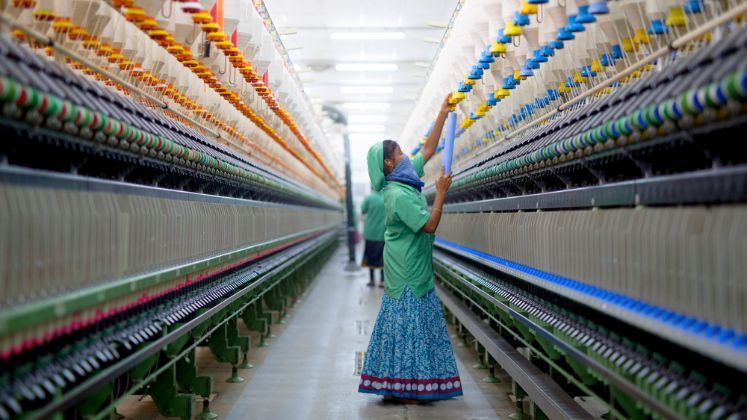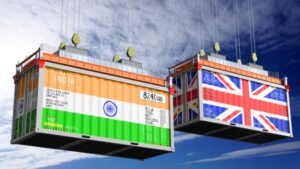
The Production Linked Incentive (PLI) scheme for textiles has become a game-changer for the industry, catalysing modernisation and global integration. So far, the scheme has led to Rs. 7,343 crore (US $ 857 million) in investments, generated a turnover of Rs. 4,648 crore (US $ 542 million), and spurred exports worth Rs. 538 crore (US $ 63 million).
Designed to support manufacturing in manmade fibre (MMF) apparel, fabrics, and technical textiles, the scheme offers financial incentives for five years, helping companies scale up operations and enhance their competitiveness on a global stage.
In a recent boost to its scope, the Ministry of Textiles expanded the list of eligible products by including additional HS Codes under the Technical Textiles segment. Further, in a move to fast-track benefits, the Ministry approved amendments in February that enabled the early release of Rs. 54 crore (US $ 6.3 million).
The scheme’s payouts will span five financial years (FY ’26–FY ’30), with disbursements occurring from FY ’25 to FY ’29, backed by a total allocation of Rs. 10,683 crore (US $ 1.25 billion).
The scheme has two tiers of participation: a minimum investment of Rs. 100 crore (US $ 11.68 million) for Part 1 and Rs. 300 crore (US $ 35.03 million) for Part 2. Incentives are linked to achieving a 25% year-on-year growth in turnover.
Technical textiles have emerged as a central focus, accounting for 57% of the 74 approved applications, which span across 42 companies.
Shaleen Toshniwal, Chairman of the Manmade and Technical Textiles Export Promotion Council (MATEXIL), emphasised the scheme’s foresight in recognizing the potential of technical textiles and MMF by incorporating a broad range of products.
By supporting the domestic production of advanced materials such as carbon fibre, glass fibre, and automotive safety equipment, the scheme is not only attracting foreign investment but also strengthening India’s global position in the textile sector.
These high-tech materials are critical to fast-growing industries, helping India align with international standards and compete with established exporters like China, Vietnam, and Bangladesh.






